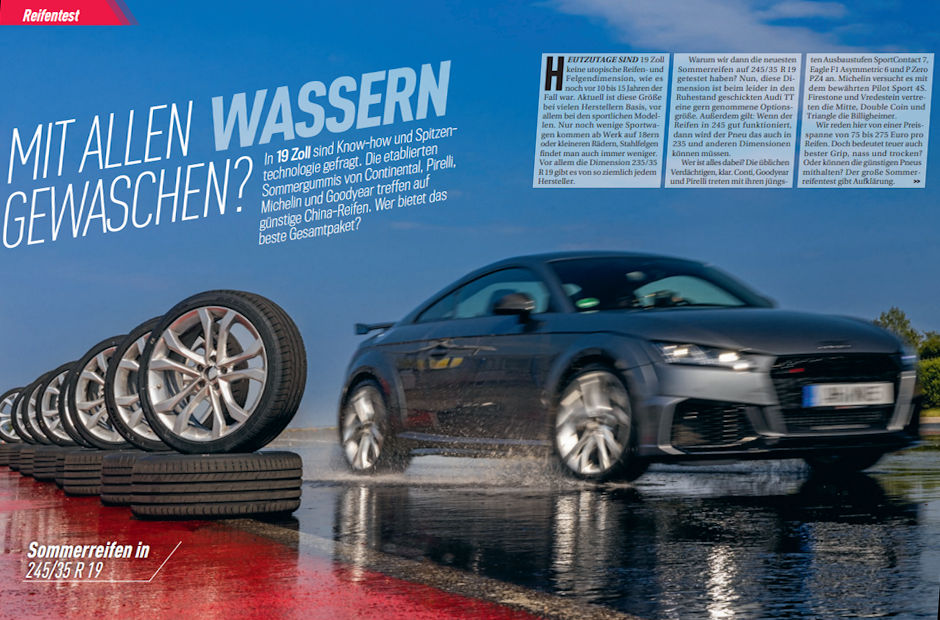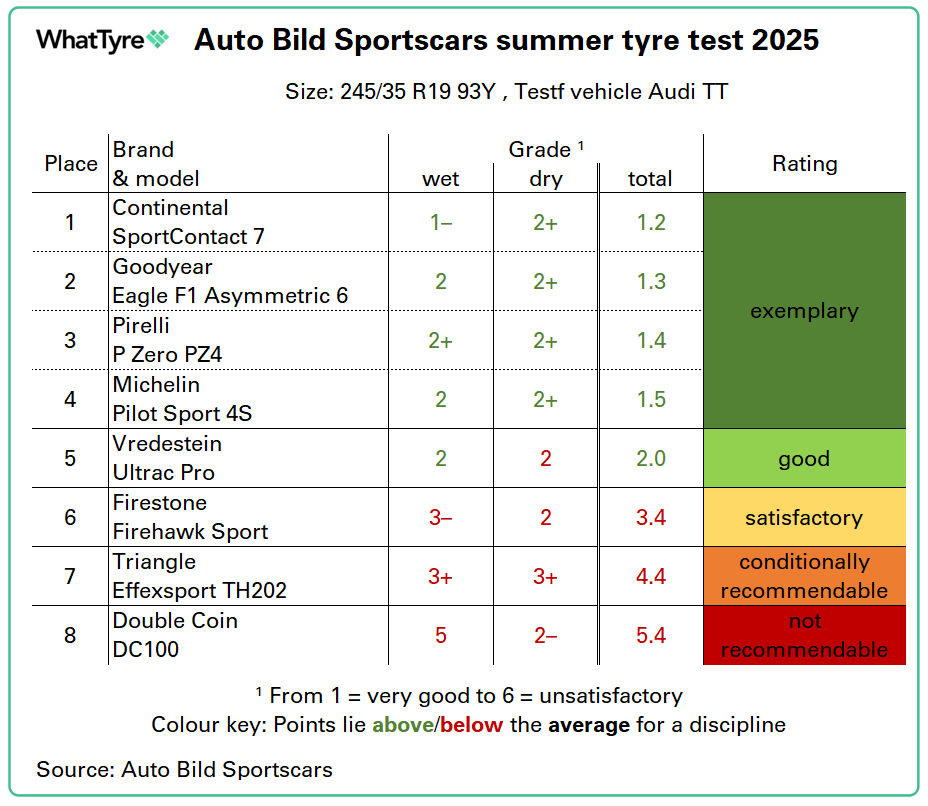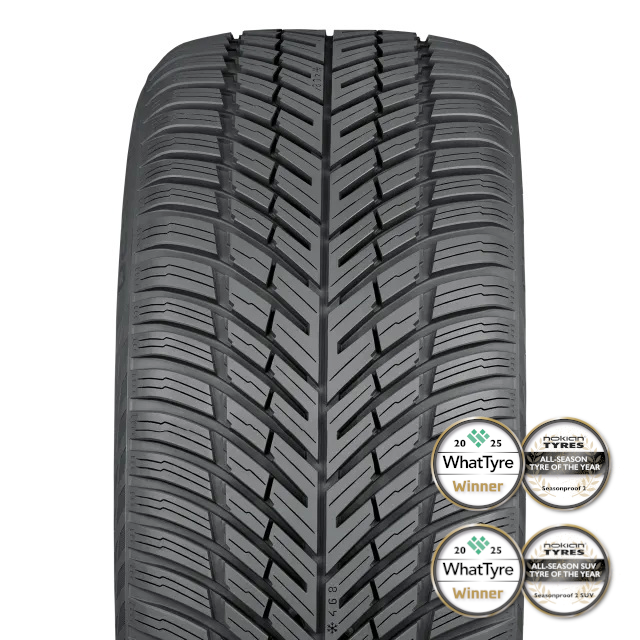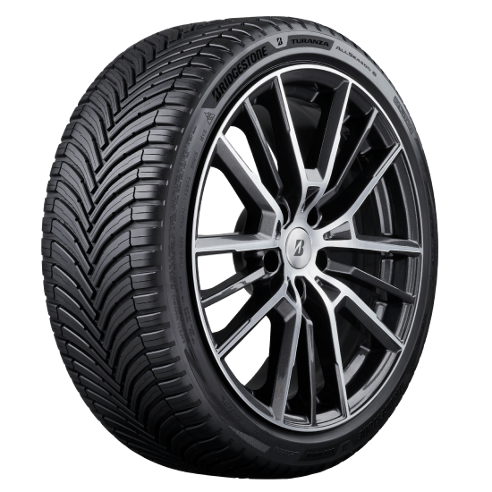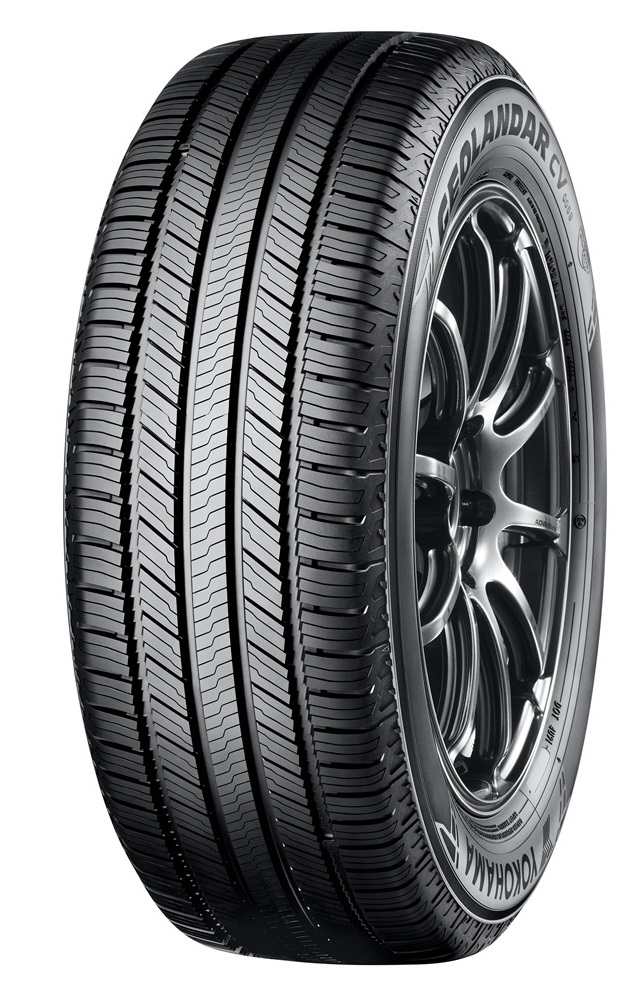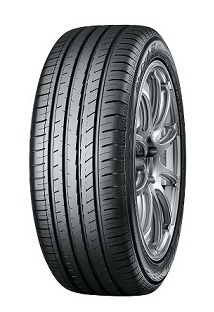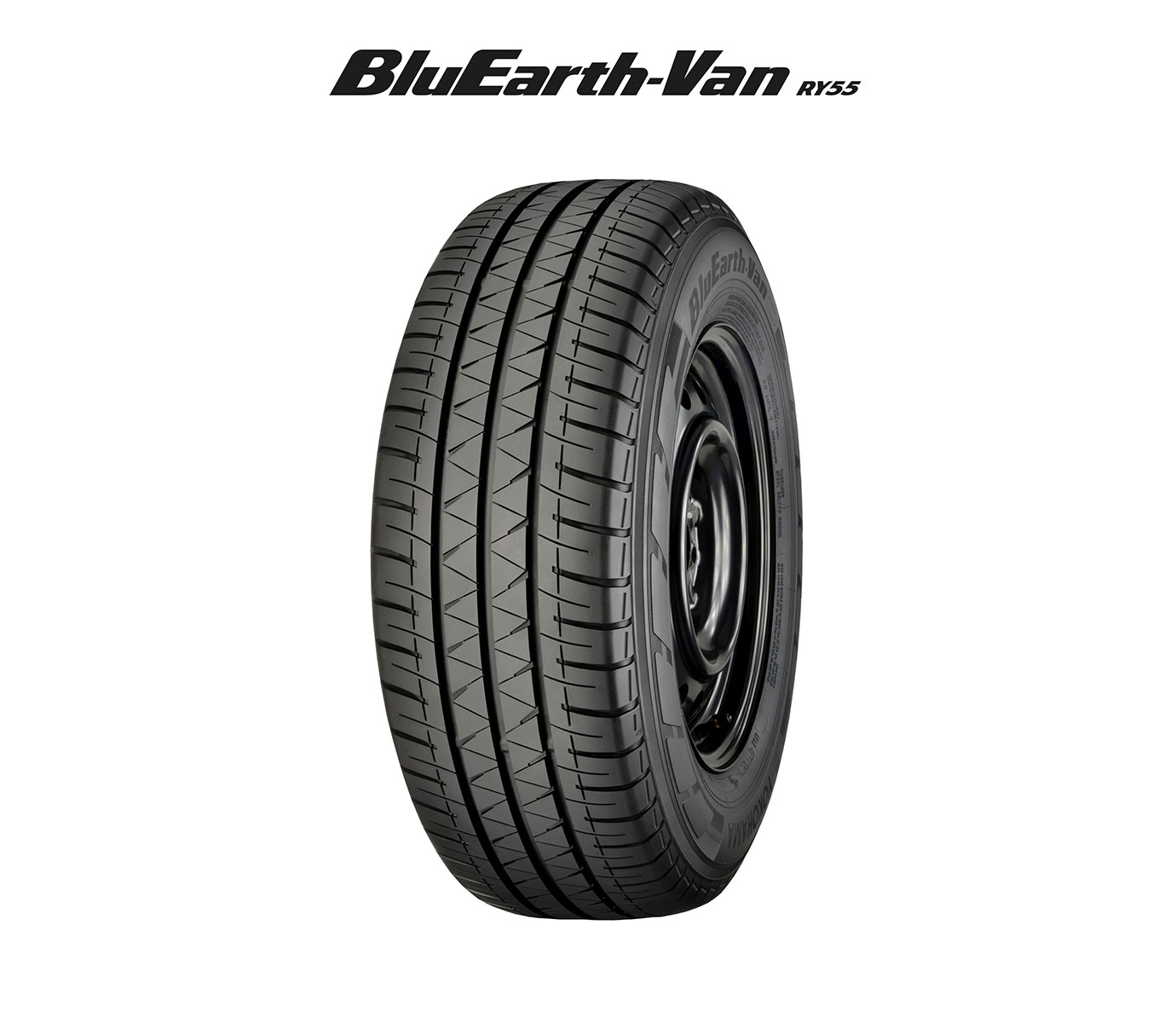Just a decade ago, cars with 19-inch rims were still regarded with a smidgen of awe. But times change, and this size is now standard for many manufacturers, particularly on their sportier models. Particularly popular is the size 235/35 R19, with almost every tyre maker now including it in their ranges. But instead of choosing this dimension for its summer 2025 test, Auto Bild Sportscars selected 245/35 R19.
Explaining why it did so, the motoring publication points out that this size is a popular optional fitment for the now-retired Audi TT. Moreover, it argues that if a tyre performs well in the 245 size, it should also work well in 235 and other dimensions.
Several well-known products make an appearance in the 245/35 R19 tyre test – Continental SportContact 7, Goodyear Eagle F1 Asymmetric 6, Michelin Pilot Sport 4S and Pirelli P Zero PZ4. Auto Bild Sportscars chose the Firestone Firehawk Sport and Vredestein Ultrac Pro to represent the mid-range, with Double Coin and Triangle covering the budget segment.
The price for tyres participating in the test ranges from 75 to 275 euros (£63 to £231), and Auto Bild Sportscars asks an important question: Does a higher price mean better grip in wet and dry conditions? Or can the budget options deliver the goods? The comparative test sheds plenty of light on this subject.
Testing in the wet
Auto Bild Sportscars tester Dierk Möller found that the Continental and Pirelli tyres provide outstanding grip and stability on wet roads, keeping the Audi TT test car securely planted even at high speeds. In contrast, the Firestone Firehawk Sport and Double Coin DC100 offer alarmingly low levels of grip, causing the car to slide unpredictably, similar to driving on black ice.
Braking performance follows a similar pattern, with Continental and Pirelli delivering the shortest stopping distances of 40 to 42 metres. Michelin and Goodyear also perform well, while Vredestein struggles slightly but still stops nearly five metres ahead of the Firestone tyre. The Triangle Effexsport Th202 performs poorly, requiring over ten metres more stopping distance than Continental. The most dangerous result comes from Double Coin, which needs an alarming 69.7 metres to stop.
In regards to aquaplaning resistance, Vredestein, Continental, Goodyear, and Firestone provide sufficient safety margins, while the Triangle tyre exceeded Dierk Möller’s expectations by holding out until 79.5 km/h. Pirelli and Michelin lose road contact around 6 km/h earlier, though still within safe limits. However, Double Coin proves to be a serious safety concern, losing traction at just 62.9 km/h.
When it comes to aquaplaning when cornering, the point at which the tyres lose contact with the road and can no longer transmit forces, Triangle unexpectedly performs best in water displacement. In contrast, Michelin and Pirelli deliver slightly disappointing results.
Testing in dry conditions
In the dry, the Continental, Michelin, Goodyear, Pirelli, and Vredestein tyres deliver the best handling performance, achieving the fastest lap times and receiving top ratings for responsiveness. In contrast, Triangle and Double Coin feel noticeably less agile and precise in corners.
Continental again leads the way in the important braking test, coming to a stop in just 35.5 metres. Pirelli follows closely, while Michelin requires nearly two metres more. Vredestein remains within an acceptable range at 38.7 metres, but the two Chinese tyre brands significantly underperform, making them a less safe choice.
When it comes to rolling resistance, Firestone emerges as the most fuel-efficient option, consuming about five per cent less fuel than the least efficient tyre, Triangle. This difference could translate to saving roughly a litre of fuel per tank. Finally, Continental produced the highest noise emissions in pass-by noise testing, which may be a consideration for those seeking a quieter ride.
How the tyres performed
Rated exemplary – test winner
Continental SportContact 7
+ Convincing sporty handling
handling qualities in all weather
weather conditions, precise steering response, good aquaplaning characteristics & short dry braking distances
– Slightly increased rolling resistance, highest pass-by noise levels, slightly higher rolling resistance
Rated exemplary
Goodyear Eagle F1 Asymmetric 6
+ Excellent wet & dry grip, convincing sporty handling qualities, direct, progressive steering response, good aquaplaning safety reserves, very quiet pass-by noise
– Wet braking just midfield level
Pirelli P Zero PZ4
+ All-rounder with balanced driving behaviour on wet & dry roads, precise steering behaviour, stable lateral control & short braking distances
– Mos expensive tyre in test
Michelin Pilot Sport 4S
+ Sporty, dynamic handling with stable lateral control on dry & wet roads, direct steering with good feedback
– Slight weakness with aquaplaning in curves
Rated good
Vredestein Ultrac Pro
+ Well-balanced all-rounder with
Great aquaplaning safety reserves, short braking distances & safe driving behaviour on wet and dry roads, good comfort, quiet ride noise
– Midfield wet braking result
Rated satisfactory
Firestone Firehawk Sport
+ Precise steering response with
good feedback on dry roads, good comfort & low rolling resistance.
– Moderate wet handling & braking performances
Conditionally recommendable
Triangle Effexsport TH202
+ Aquaplaning & wet handling at exemplary level, low rolling resistance
– Took 10 metres longer to stop in wet braking test than best tyre
Not recommendable
Double Coin DC100
+ Quiet rolling noise
– Lack of wet grip & dangerous driving behaviour, delayed turn-in with poor balance & treacherous oversteer on wet roads, dangerously long braking distances

